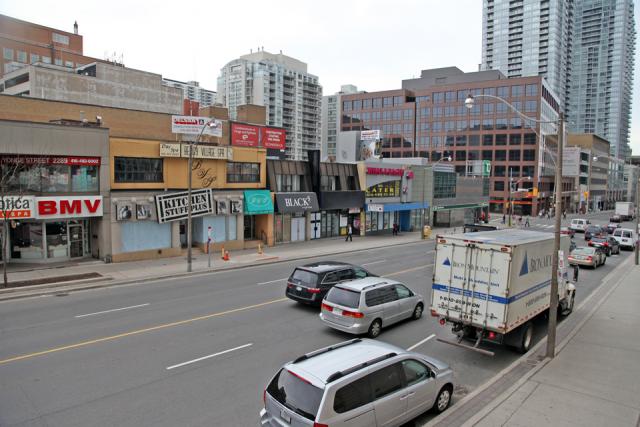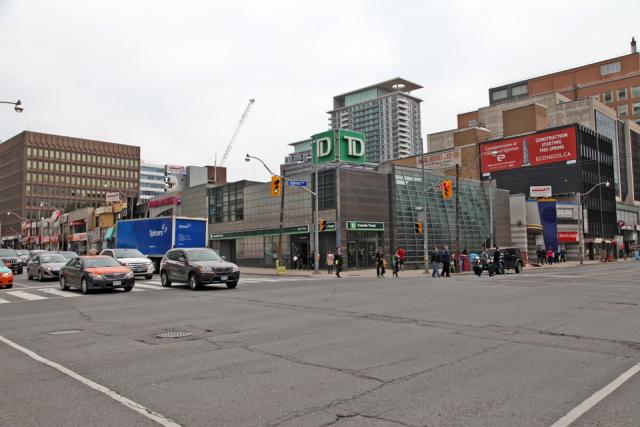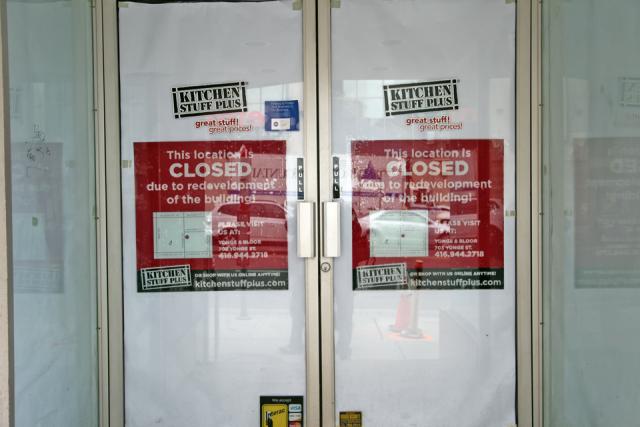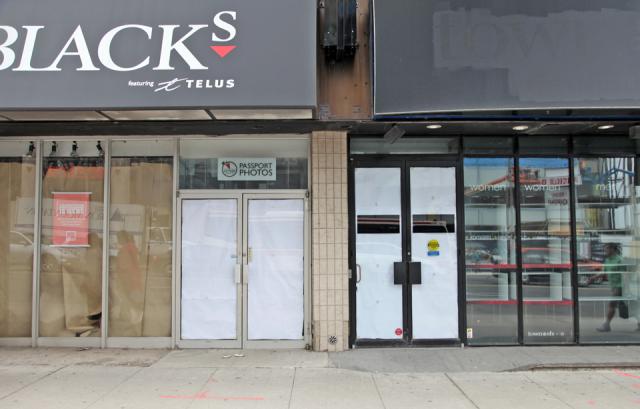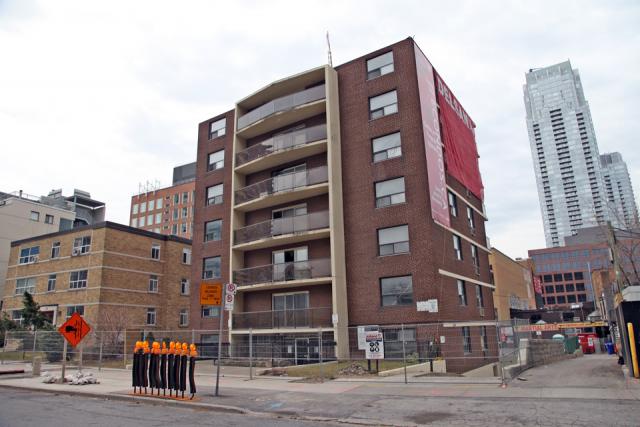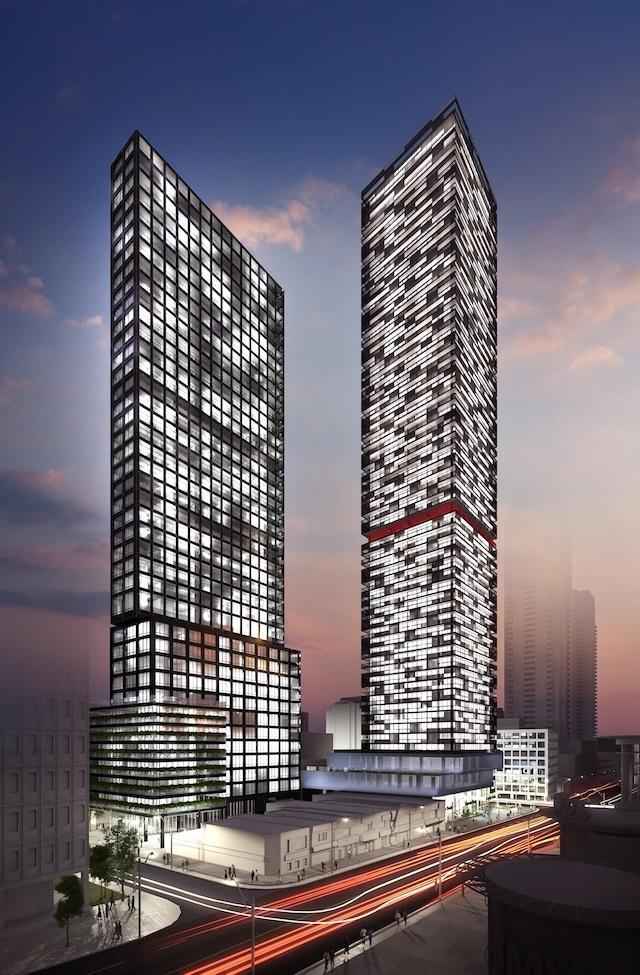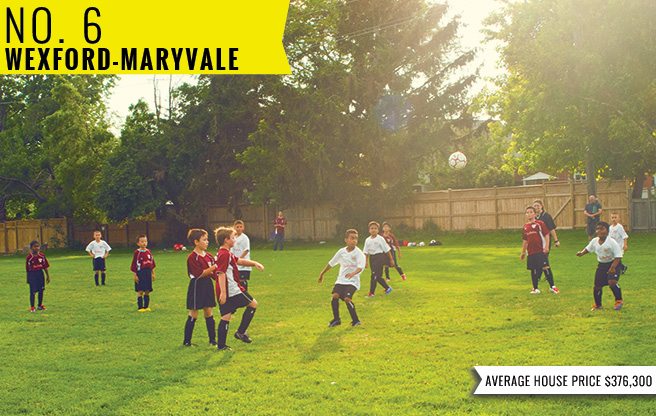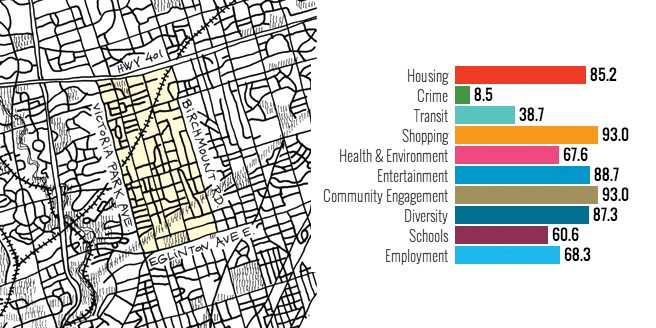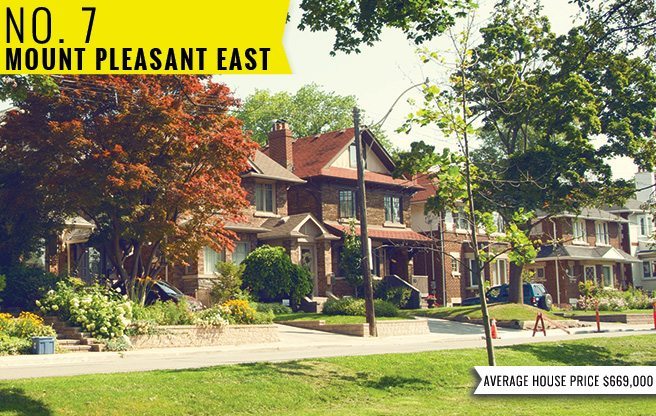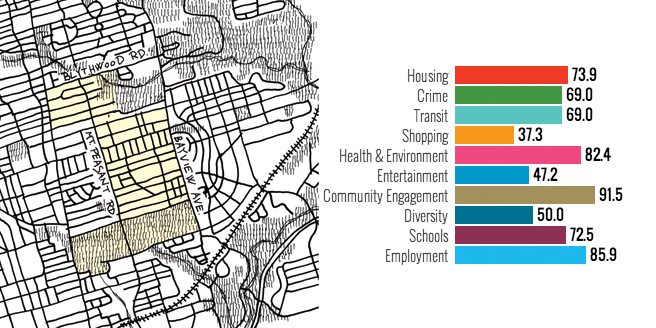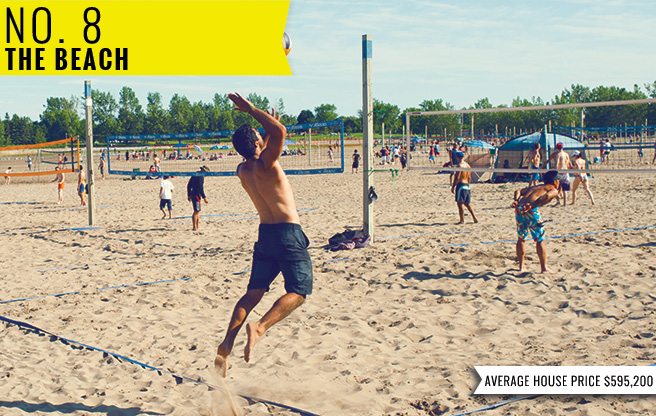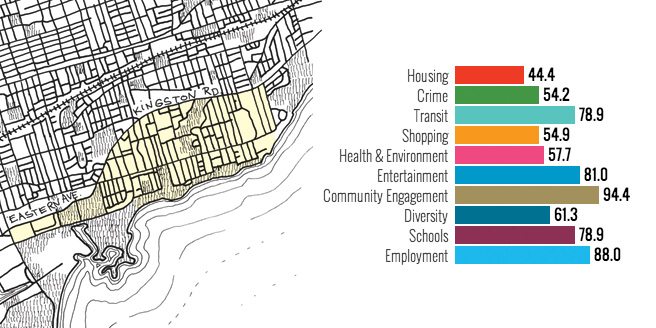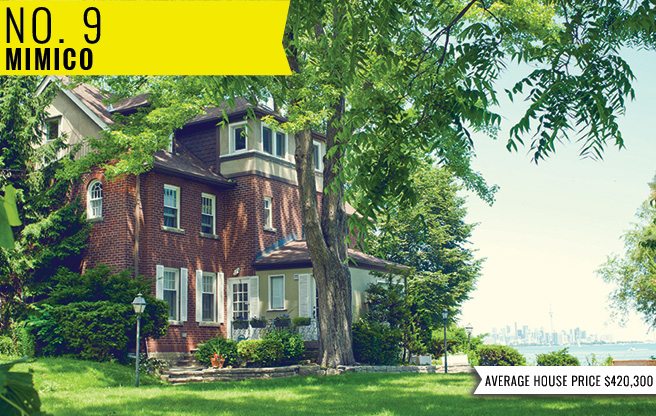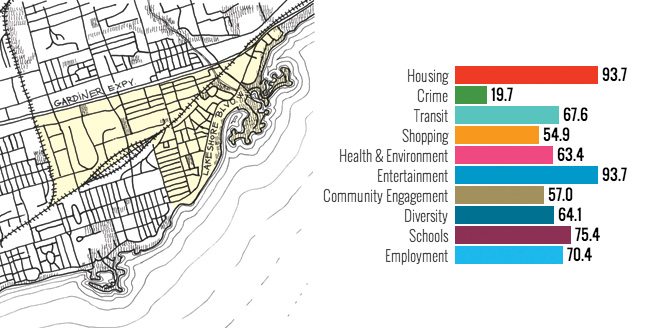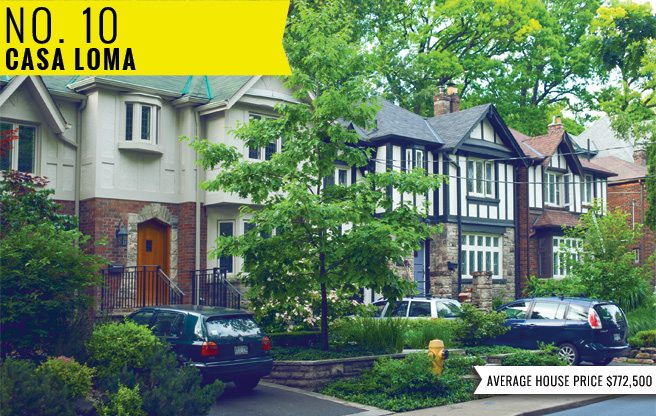It’s a simple semi, not that much different from all the others lined up along Perth Ave. in the up-and-coming Junction Triangle, except that now it’s got all the neighbours — and Toronto real estate watchers — talking.
It was considered one of the first “good listings” of 2014 in a shockingly tight market for lowrise houses where, since the recession, demand has far outstripped supply: A tastefully renovated house in an up-and-coming neighbourhood, priced under the magic threshold of $800,000.
More than 400 people, some of them battle-scarred bidding war veterans, lined up during open houses last weekend to dutifully check off all the boxes that now drive the decision to buy in the highly sought-after 416: Renovated kitchen and bathroom, stainless steel appliances, close to schools, transit, the city core.
By the 7 p.m. deadline for offers Tuesday night there were 32 of them. The house, which had been listed at $639,900 sold for $848,625 — almost $210,000 more.
“Overwhelmed” Keller Williams co-listing agent
Mike Gryspeerdt — who actually owns the house and has raised his family there over the last 12 years — is still apologizing for the bidding frenzy.
“I’m genuinely, 100 per cent shocked by this. I did not expect this to happen — nor did I want this to happen. I’m not comfortable with this at all,” said Gryspeerdt in an interview Wednesday.
He’s now being, he believes, unfairly “vilified” by frustrated house hunters and real-estate watchers.
But even fellow realtors — who are prohibited by the Real Estate Council of Ontario’s own code of ethics from speaking out publicly against a competitor — are outraged by how low Perth Ave. was priced, given similar properties nearby went for well over $700,000.
Maggie Lind, the realtor for the buyers, who declined to talk to the Star, acknowledged that the house was priced low considering a similar one on Perth Avenue sold for $730,000 last spring.
Gryspeerdt points out it had a designer kitchen, a basement music studio and “high-efficiency everything.”
“I don’t think it was about price. It was about winning,” Gryspeerdt says of the bids, believed to be a record number for Toronto. “Also, the Junction Triangle is a great neighbourhood.”
In fact, realtors say, Perth Avenue is a perfect example of problems plaguing a market that just won’t cool down, despite Finance Minister Jim Flaherty’s best efforts.
Most pressing is the lack of inventory: The Toronto Real Estate Board has seen a dramatic drop in the number of homes listed for sale, especially since the 2008 recession.
Listing that used to average about 16,000 even in the slow December period were down to 13,241 in 2012 and dropped a further 14 per cent just from 2012 to 2013, says TREB.
“A lot of it is about where do you go next — (moving up) is drastic,” says Lind. “A lot of people are getting discouraged by that next step up and how high it is and they are staying put and renovating. It can easily cost $100,000 just to make the move.”
TREB cites Toronto’s double land transfer tax, but realtors may be at least partly to blame as well: Most have fought hard to keep commissions at five per cent as house prices have skyrocketed, pushing fees sky-high right along with house prices.
Flaherty’s own moves to tighten mortgage lending rules may also be contributing to the frenzy: It’s now so much harder to buy a $1 million-plus home with anything below a 20 per cent down payment, it’s now boosting competition for lower-priced homes, says mortgage broker Steve Garganis.
Add on top of that all those buyers who’ve been waiting for prices to drop the last two years and now realize they aren’t. (Condos are another matter, that market has more supply than demand.)
Sales may have slipped in the latter part of 2013, but prices haven’t: The average transaction price for a detached house in the City of Toronto hit $894,654 in mid-January, up 21.1 per cent year-over year, according to TREB figures.
Semis were up almost 14 per cent, to an average of $581,475.
The sheer number of realtors — some 37,000 in the Toronto board, many with less than five years’ experience — may also be an issue. They tend to have less sense of the market or strength to rein in would-buyers.
Veteran realtors stress that every bid contributes to escalating house prices overall: That Perth Avenue home will now become the new high-water benchmark comparable for realtors looking to price new listings in the area.
“The public wants to blame agents for underlisting, but I blame some of my colleagues for not always doing a good job of informing their buyers,” says outspoken realtor David Fleming.
“The first words out of any agent’s mouth walking in the door (of Perth) should have been ‘This is going to push $800,000.’”
And they were, says Lind. She refuses to discuss her clients’ winning bid at all, other than to say they are “ecstatic.”
“It’s a fabulous house. They really don’t have to do a thing.”
Article from Susan Pigg > TheStar.ca > Published Jan 22nd 2014
